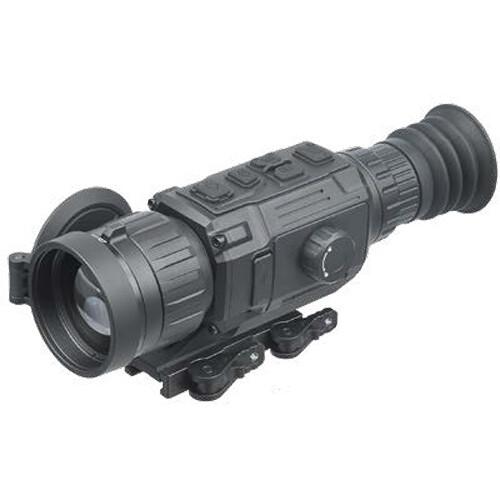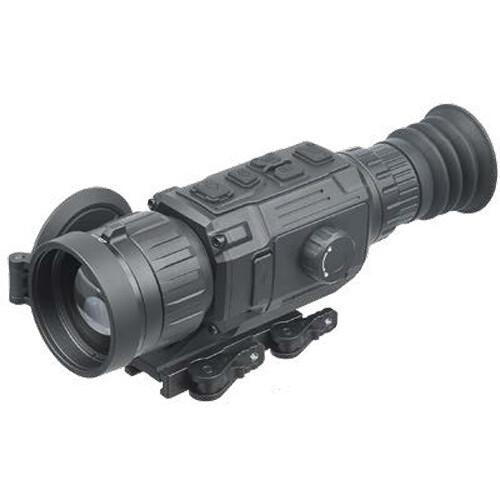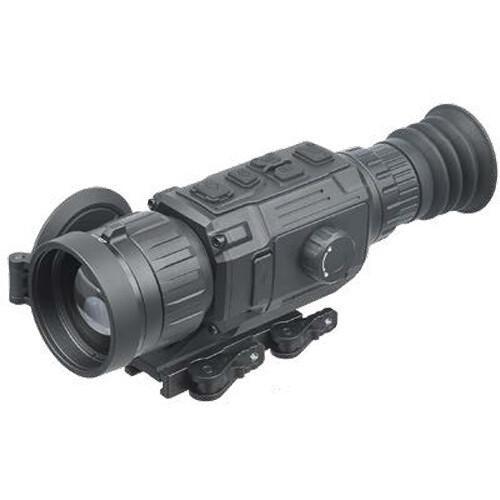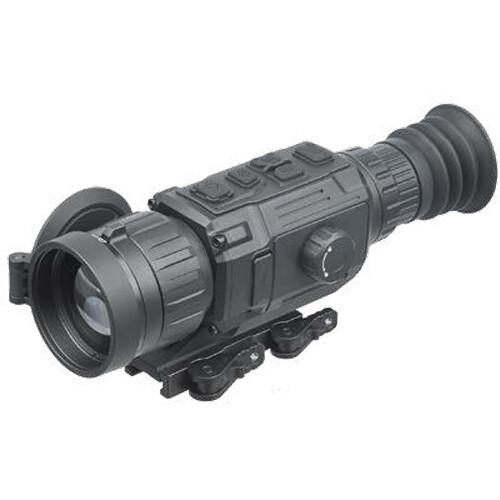Frequently Asked Questions
What are AGM Global Vision thermal optics and how do they work?
AGM Global Vision thermal optics detect heat signatures using infrared sensors, allowing users to see in complete darkness. They convert thermal energy from objects into a visible image, making them ideal for night hunting, surveillance, and search-and-rescue missions.
What is the difference between thermal and night vision optics?
- Thermal optics: Detect heat emitted by objects; work in total darkness and through light obstructions like smoke or fog.
- Night vision: Amplify available light (moonlight, starlight); require some ambient light to function effectively.
Are AGM Global Vision thermal scopes good for hunting?
Yes. AGM Global Vision thermal scopes are popular among hunters because they:
- Detect heat signatures through brush and obstacles.
- Offer superior performance in total darkness.
- Help identify game from long distances, regardless of camouflage.
Can thermal scopes be used during the day?
Yes, thermal scopes function equally well during day and night since they rely on heat detection, not visible light. Bright sunlight does not affect their performance.
What does the refresh rate mean in a thermal scope?
The refresh rate (measured in Hz) refers to how often the image updates per second:
- 30Hz: Suitable for most casual users and scanning.
- 50Hz or 60Hz: Smoother tracking of fast-moving targets; ideal for tactical or hunting use.
What is the detection range of AGM Global Vision thermal optics?
Detection range varies by model and sensor resolution, but AGM Global Vision thermal devices typically detect:
- Humans: 600–1,800+ yards
- Vehicles: 1,000–3,000+ yards
What is the difference between detection, recognition, and identification?
- Detection: Sensing a heat source is present.
- Recognition: Determining the type of object (e.g., human or animal).
- Identification: Recognizing specific details (e.g., facial features or clothing).
How long does the battery last on AGM Global Vision thermal devices?
Battery life varies by model:
- Typical AGM Global Vision thermal scopes last 4 to 7 hours on a full charge.
- Some models support external battery packs for extended use.
Are AGM Global Vision thermal optics waterproof and durable?
Most AGM Global Vision thermal devices are built to withstand rugged conditions. They are typically:
- Water-resistant or waterproof (IP67 rated on many models).
- Shockproof and built with durable materials for outdoor use.
Can I record video or take photos with AGM Global Vision thermal scopes?
Yes. Many AGM Global Vision thermal scopes include onboard recording features:
- Capture still images and videos directly on the device.
- Use microSD cards or internal storage for saving media.
Do I need a license to own or use AGM Global Vision thermal optics?
In most U.S. states, no license is required for civilian ownership. However:
- Some states may restrict use for hunting certain game.
- Exporting thermal optics is regulated by ITAR (International Traffic in Arms Regulations).
Always check your local and federal regulations.
What factors should I consider when choosing an AGM Global Vision thermal scope?
Key features to evaluate include:
- Sensor resolution (e.g., 384×288 or 640×480)
- Detection and identification range
- Refresh rate
- Battery life and charging options
- Durability and weather resistance
- Video recording and connectivity features





































































































